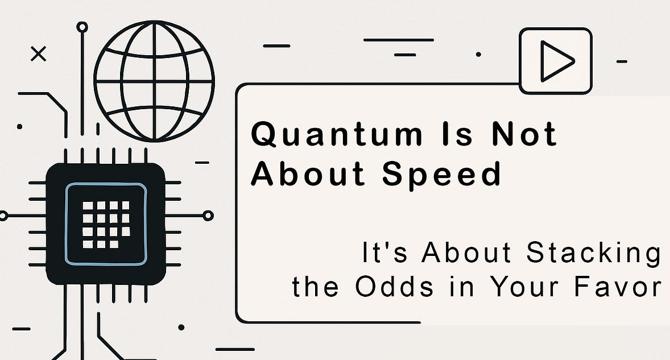Medium
1M
153

Image Credit: Medium
Quantum Is Not About Speed — It’s About Stacking the Odds in Your Favor
- Quantum computing reshapes reality at the probability level by adjusting invisible 'weights' behind the scenes, using amplitude, magnitude, phase, interference, and diffusion.
- In the quantum world, each face of a die has a wave attached to it that can interfere with others, amplifying or canceling out probabilities, enabling quantum computers to tilt reality towards the correct answer strategically.
- Changing the phase of a face alters its probability by boosting the correct answer while reducing others, akin to rigging a game by tuning the dice before rolling.
- Real quantum mechanics involves understanding amplitudes, phases, and interference to rewrite how probabilities interact, providing a significant advantage in grasping quantum algorithms and the future applications of quantum technology.
Read Full Article
9 Likes
For uninterrupted reading, download the app